“Big Hand Holds Small Hand” Scientists Enter Campus Series of Activities – Satellite Remote Sensing and Our Resources & Environment
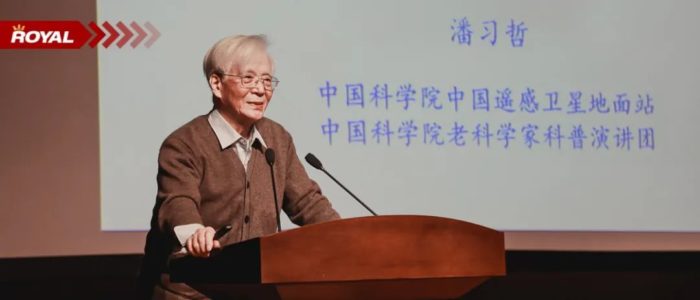
Beijing Royal School, actively responding to the State Council’s “National Scientific Literacy Action Plan” and Beijing’s “National Scientific Literacy Construction Work Plan” and with the support of Changping District Education Commission and Changping District Association for Science and Technology, launched the 2020 “Big Hand Holds Small Hand” Scientists Enter Campus Series of Activities on campus. The focus of these activities is to comprehensively improve the scientific literacy of our students, to enhance their innovative consciousness and scientific application skills, to continuously promote the construction of various scientific disciplines for BRS to endorse, and to build an academic atmosphere for innovative scientific discovery on campus.
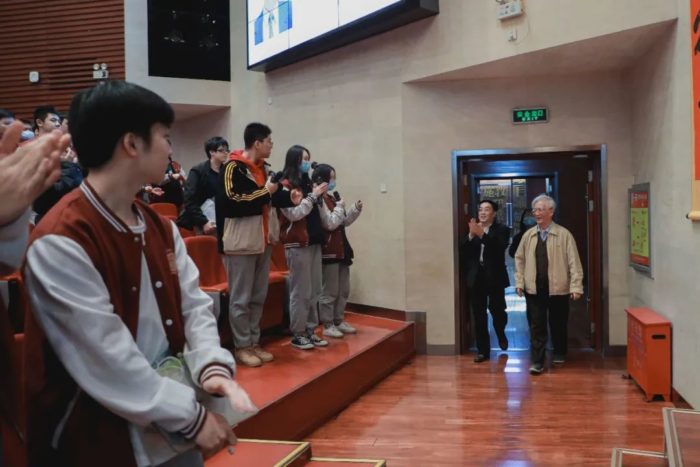
On October 25, BRS welcomed the first heavyweight subject expert for this series of activities, Professor Pan Xizhe, a scientist at the Chinese Academy of Sciences and former deputy commander and deputy chief designer of the ground system of China’s first earth resources satellite (China-Brazil Satellite). His presentation was themed ‘Satellite Remote Sensing and Our Resources & Environment’. Nearly 700 BRS senior- and junior-high teachers and students attended the lecture.
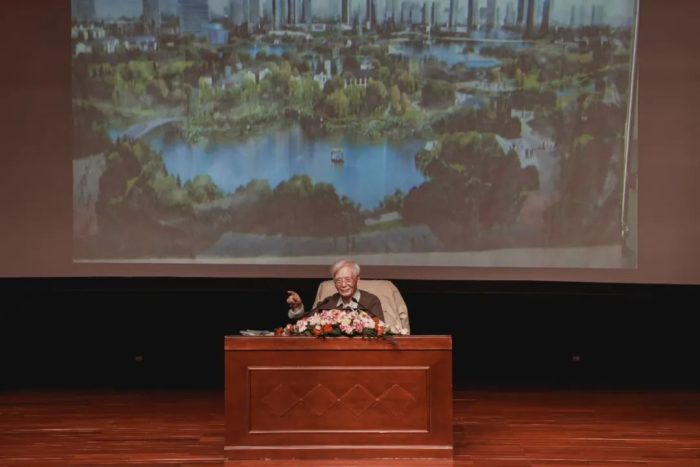
Professor Pan gave a detailed introduction to the three major categories of satellite communication: navigation and positioning, remote sensing, and science. Several photos taken by remote sensing satellites with different resolutions were displayed on the large screen. This allowed our teachers and students to dial into some of the most cutting-edge scientific and technological tools currently used in aerospace, such as far infrared thermal sensing technology and multi-aperture radar imaging technology. The fields to which China’s aerospace remote-sensing technology have been applied include agriculture, forestry, water, soil, engineering, environment, disaster, military, gas, and sea. Professor Pan also explained the important role that remote-sensing satellites play in modern military warfare and encouraged our students to strive to make contributions themselves.

At the end of the lecture, Professor Pan also asked our students a question: “Why is the signal receiving station of Beijing’s remote sensing satellite built outside of the city of Beijing?” Professor Pan highly praised Li Yutian’s answer, a student from BRS junior high Grade 9 Class 4, for his unique insights, and presented him with an emblem of the Chinese Academy of Sciences as a gift. Then a BRS student representative who successfully advanced to the ISSDC (International Space Settlement Design Competition) China Final for two consecutive years came to the stage to present flowers to Professor Pan.
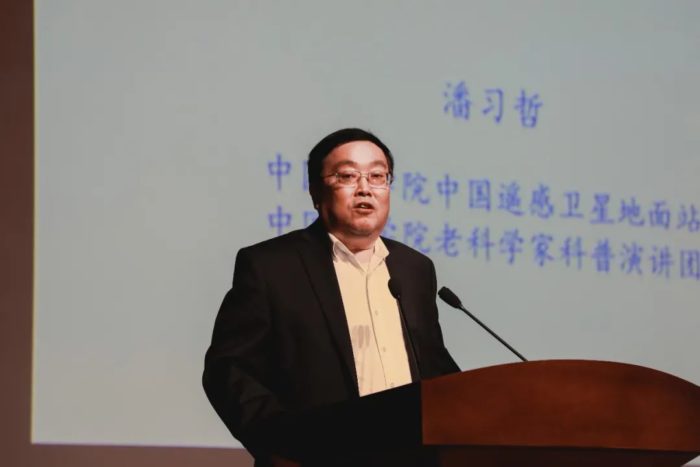
Executive Principal of Beijing Royal School Heng Xiaojun wrapped up Professor Pan’s presentation by expressing his gratitude for this practical science lecture, which will inspire students to explore, learn, engage and discover the fields of science and technology, both now and in the future. He noted that many talents who intend to focus their studies mainly on science and technology, just like our students who participated in the ISSDC, will represent the achievements of BRS’s science education curriculum at a national and global level. In addition, this lecture has important implications for the development and integration of our school’s science curriculum. Executive Principal Heng encouraged all students from Beijing Royal School to bear in mind what Professor Pan instructed us today: 1) Develop the country through science and education, and be determined to contribute to the country’s scientific and technological development: strong, educated minds lead to a strong country; 2) to enhance and lead in the awareness of environmental protection and to rationally use existing resources.
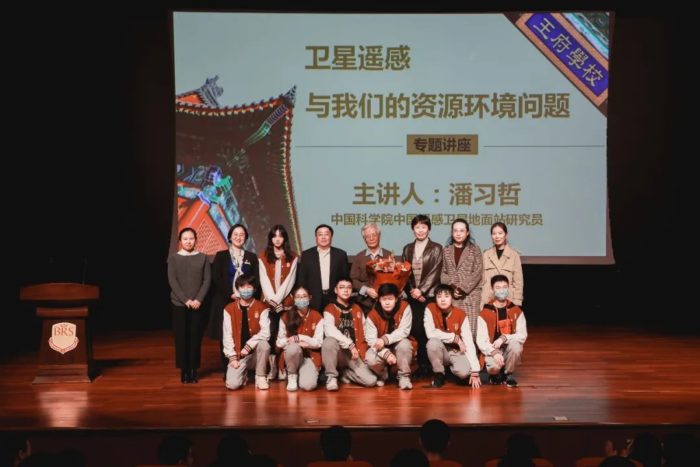
BRS’s “Big Hand Holds Small Hand” Scientists Enter Campus Series of Activities provides our students with a chance to engage in discussion with the best minds in science, to participate in lively discussion around every topic, and to rethink and guide our current practices in science education.


